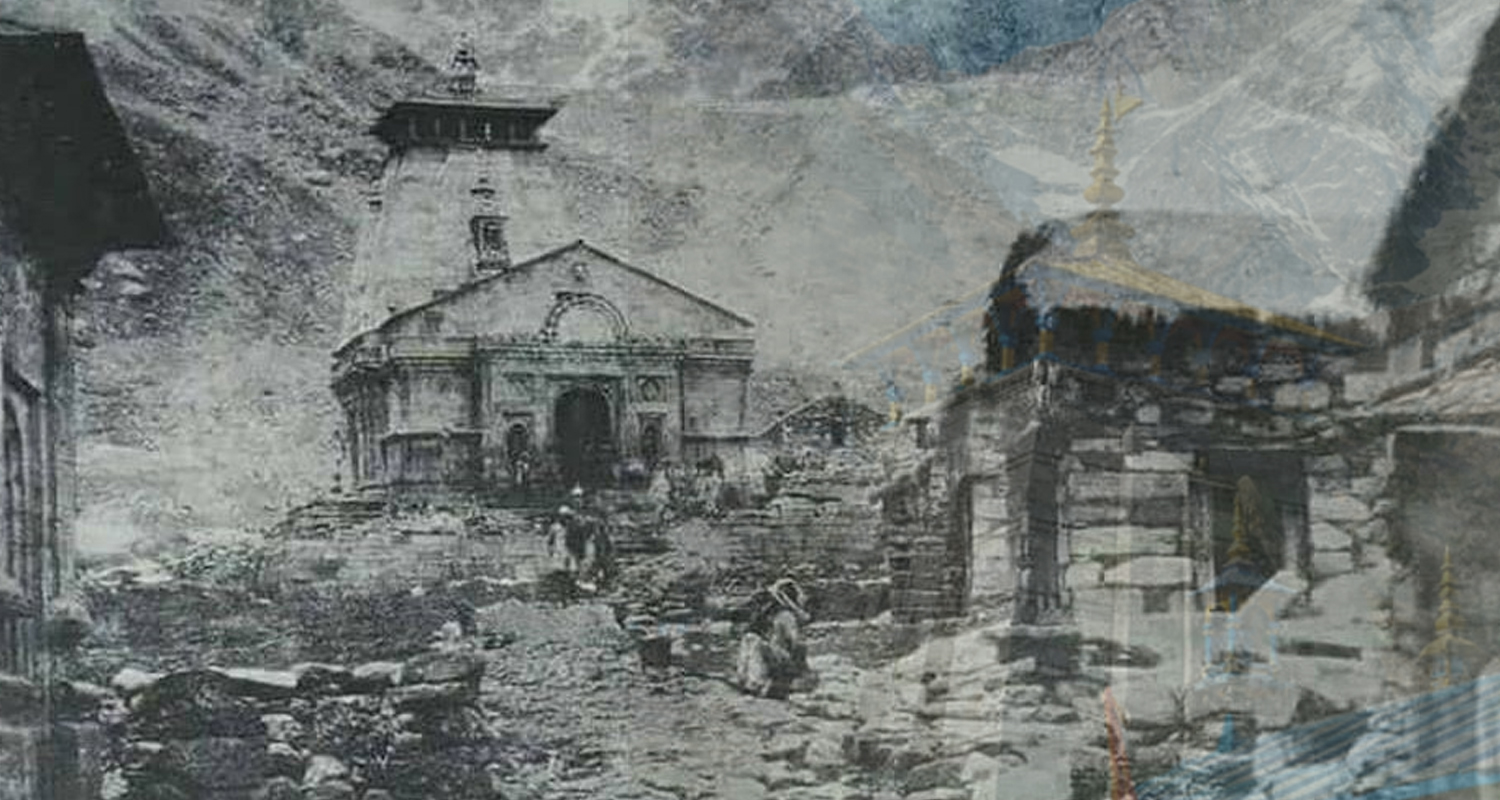
Introduction-Kedarnath Temple History
The Kedarnath Temple History and Mysteries, situated high up in the Garhwal Himalayas, is not only a pilgrimage—but a living legend. With snow-capped peaks and the Mandakini River all around, this ancient stone temple is steeped in deep spiritual meaning, mythological roots, and an aura of secrecy that has enchanted pilgrims and adventurers for centuries.
Here, we explore the history and little-known secrets of Kedarnath that make it India’s most revered and mysterious place.
History of Kedarnath Temple
Location:
- Altitude: 3,583 meters (11,755 feet)
- State: Uttarakhand, India
- Region: Rudraprayag district, Garhwal Himalayas
Age & Origins:
The precise age of Kedarnath Temple is not known, although it is popularly believed to have been first constructed by the Pandavas and revived and restored by Adi Shankaracharya in the 8th century CE.
Architectural Style:
- Constructed using gigantic grey stone slabs
- No mortar was applied to join the stones
- Bears resemblance to North Indian Nagara style architecture
Kedarnath in Mythology: Mahabharata Connection
Based on ancient Hindu texts, following the Kurukshetra war, Pandavas looked up to Lord Shiva to pardon them for their wrongdoings. Shiva evaded them by assuming the form of a bull (Nandi) and seeking refuge in the Himalayas.
When at last the Pandavas saw him:
- Shiva plunged into the earth, exposing his hump at Kedarnath
- Other portions of his body were seen at 4 other locations (composing the Panch Kedar pilgrimage)
These are: - Kedarnath – hump
- Tungnath – arms
- Rudranath – face
- Madhyamaheshwar – stomach/navel
- Kalpeshwar – hair
This legend is the backbone of Kedarnath’s religious significance, and the Panch Kedar pilgrimage is still undertaken by many.
Mysteries and Unexplained Phenomena at Kedarnath
1. How Did the Temple Survive the 2013 Flash Floods?
The survival of the Kedarnath Temple in the 2013 Uttarakhand disaster was one of the most astonishing miracles of recent times.
- A gigantic glacial flood swept everything in its way—roads, homes, and thousands of lives.
- But the temple remained intact with very little damage.
How? - A huge boulder, which is now referred to as the “Divine Rock” or Bhim Shila, came rolling down along with the flood and stuck behind the temple, deflecting the debris and water elsewhere.
- Now, this natural wall is revered as a sign of God’s protection.
2. The Secret of Bhairavnath Temple
A tiny but influential temple of Lord Bhairav occupies a hilltop in the rear of Kedarnath. Locals subscribe to:
- Lord Bhairav guards Kedarnath when it remains shut for rough winters.
- His presence keeps avalanches and malevolent energies at bay during the six-month temple closure.
This religious faith has remained unquestioned for centuries and draws in devout
3. Self-Healing Shiva Lingam?
Certain devotees and priests think that the Shiva Lingam at Kedarnath possesses self-healing and regenerative powers. Although there is no scientific basis for this, people who live nearby have seen it survive intense cold, snow, and moving boulders without being damaged.
4. The Eternal Flame at Triyuginarayan
Only 25 km away from Kedarnath is Triyuginarayan Temple, where Shiva and Parvati got married. There is a fire burning here forever, and the same fire had been lit for their heavenly wedding, according to tradition.
It lends another dimension of cosmic spirituality to the area of Kedarnath.
5. The Unnamed Architecture Mystery
- Although at such a high-altitude level, the genesis of the architecture—how and with what technology such enormous rocks were moved and positioned—is unknown.
- There are no written accounts of who and how made it and how it endures uncertain temperatures and seismicity.
Most researchers speculate divine guidance and forgotten ancient technology had to do with it.
Scientific Theories Behind the Mysteries
Scientists and geologists have visited the area and provided some explanations:
- 2013 survival theory: The location of Bhim Shila and the height of the temple served to deflect debris.
- Foundation of the temple: The interlocking stone technique without mortar enabled the building to shift slightly during quakes rather than crashing down.
- Thermal mass effect: The stones absorb heat during the day and release it at night, insulating the temple during winter.
Nevertheless, science cannot fully explain the way in which Kedarnath has weathered so many natural calamities with hardly a blemish.
Ancient Records & Mentions of Kedarnath
- Skanda Purana refers to Kedarnath as a prime pilgrimage center.
- Adi Shankaracharya, who is believed to have achieved Samadhi behind the temple, restored it to its position as a central place of worship.
- Chinese traveler Hiuen Tsang is said to have referred to the temple in his work, describing the spiritual aura of the place.
Things to Know Before You Visit in 2025
| Factor | Info |
|---|---|
| Best Time | May to June & September to October |
| Temple Opening Date 2025 | Likely May 10 (Akshaya Tritiya) |
| Registration | Mandatory via registrationandtouristcare.uk.gov.in |
| Reach | Trek from Gaurikund (16 km), Helicopter from Phata/Sersi |
| Stay Options | GMVN Camps, Guest Houses, Dharamshalas near base camp |
Famous Places Around Kedarnath for Devotees
- Bhairavnath Temple – Guard deity of Kedarnath
- Chorabari Tal (Gandhi Sarovar) – Picturesque lake holding ashes of Mahatma Gandhi
- Vasuki Tal – Glacier lake reachable by trek
- Adi Shankaracharya Samadhi – Behind the temple
- Triyuginarayan Temple – Legendary marriage location of Shiva & Parvati
Conclusion: A Temple Beyond Time
The Kedarnath Temple is not only a religious shrine; it’s an icon of resilience, godly enigma, and unfaltering faith. Every stone bears testimony, every howl of Himalayan wind is whispering the timeless “Har Har Mahadev.” Whether you go for devotion, fun, or spiritual enlightenment, Kedarnath will transform you.

